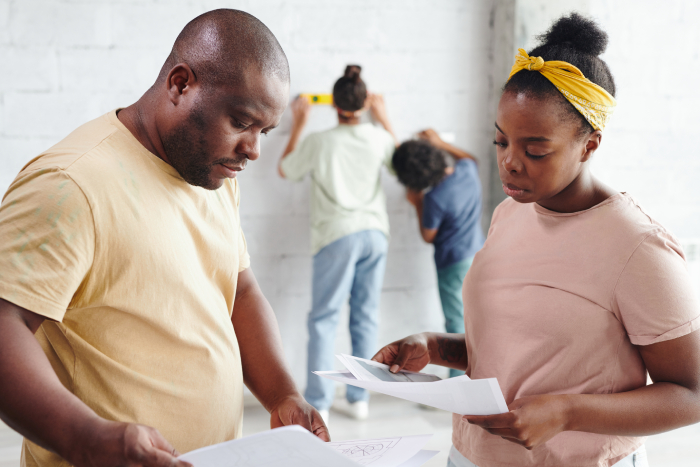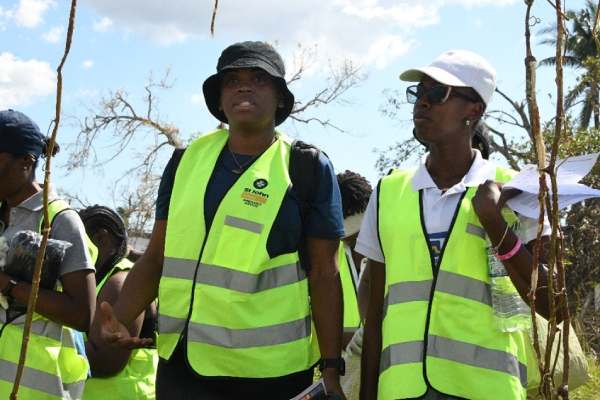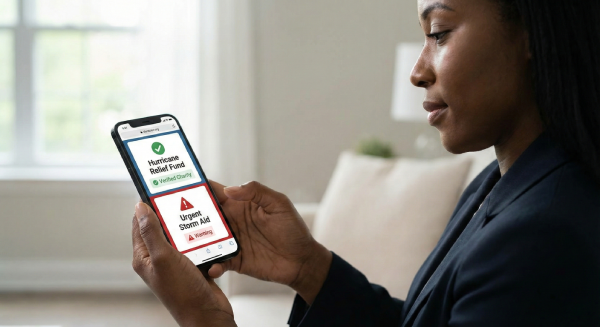
Prepare Your Family for Earthquakes with These Home Drills
Earthquakes can strike without warning, leaving little time to react. Being prepared can make all the difference in ensuring your family’s safety. One effective way to prepare is to conduct regular earthquake drills at home.
Here is a step-by-step guide to help you carry out an efficient and practical earthquake drill:
1. Educate Your Family
Before conducting a drill, explain the importance of earthquake preparedness to your family, especially children. Discuss the potential risks, what an earthquake feels like, and what to do when it happens. Ensure that everyone understands the Drop, Cover, and Hold On technique:
- Drop: Get down on your hands and knees to prevent being knocked over.
- Cover: Take shelter under a sturdy table or desk. If there is no furniture nearby, cover your head and neck with your arms and move to an inside corner of the room.
- Hold On: Keep your position until the shaking stops.
2. Create a Plan
Develop a family emergency plan that includes:
- Safe spots in each room (e.g. under sturdy furniture or against an interior wall).
- Danger zones to avoid (e.g. near windows, mirrors, or heavy furniture).
- Emergency contact information and a designated meeting spot outside the home.
Make sure everyone knows the plan, including how to evacuate the home if necessary.
3. Practise the Drill
Signal the Start: Use a predetermined signal, like clapping or saying “Earthquake!” to indicate the beginning of the drill.
Perform Safety Actions: Have everyone Drop, Cover, and Hold On immediately. Practise staying in this position for at least one minute.
Simulate Aftershock Safety: Discuss what to do if aftershocks occur, reinforcing the need to remain alert and take cover again if necessary.
Evacuate if Needed: If part of your plan involves evacuation, practise exiting the house and meeting at your designated safe location.
4. Evaluate the Drill
After the drill, gather as a family to discuss:
- What went well
- Challenges or areas for improvement
- Adjustments to the emergency plan if needed
5. Reinforce and Repeat
Consistency is key to preparedness. Keep practising and refining your drill to ensure everyone can act quickly and effectively during an actual earthquake. Ideally, conduct drills twice a year. Encourage family members to ask questions and share their concerns to build confidence and readiness.
By conducting regular earthquake drills at home, you equip your family with the knowledge and skills needed to stay safe during an earthquake. Remember, preparedness saves lives, so make these drills a priority!
Check out more stories like this


A Volunteer’s Commitment to Jamaica’s Recovery
Pilar Ellington, a resident of St Andrew, has already participated...

Beware of Donation Scams in Hurricane Melissa’s Aftermath
As communities continue to recover from Hurricane Melissa, donation scams...